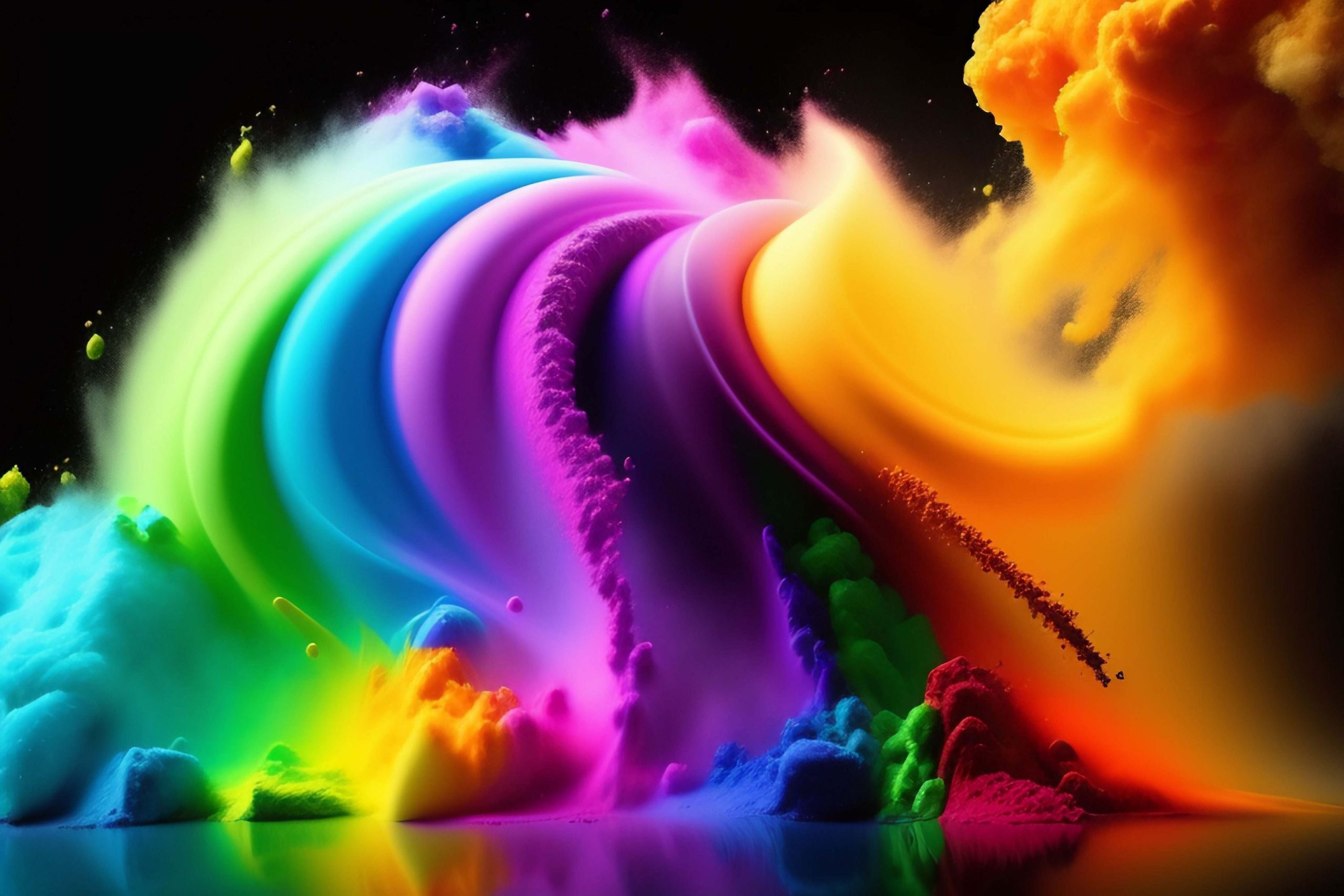
Discover the Vibrant World of Colors: Common Preschool Words
In the early years of a preschooler’s life, exploration is key, and one of the most fascinating aspects is the discovery of colors. Colors bring joy, curiosity, and wonder into their lives, stimulating their senses and fostering cognitive development. Let’s delve into the world of colors and explore the common preschool words associated with them, embarking on a vibrant journey that captivates young learners’ imaginations.
Primary Colors – The Building Blocks of Creativity
The primary colors, red, blue, and yellow, are the foundational colors from which all other hues are derived. These vivid and distinct colors ignite the imagination of preschoolers. Red, with its fiery passion, evokes excitement and energy. Blue brings calmness and serenity, like the vast sky and ocean. Yellow radiates warmth and happiness, as bright as the sun. Preschoolers readily identify and express fascination with these primary colors, laying the groundwork for further exploration.
Secondary Colors – Blending the Magic of Imagination
Secondary colors, born from the mixing of primary colors, open up endless possibilities. Preschoolers revel in the enchantment of discovering these new hues and witnessing the magic of color transformation. Orange exudes joy and vibrancy, reminiscent of autumn leaves. Green symbolizes growth and harmony, evoking images of lush forests. Purple carries an air of mystery and creativity, captivating young minds with its regal allure. Preschoolers delight in exploring blending and mixing to create magical hues.
Tertiary Colors – Unleashing the Spectrum of Possibilities
Tertiary colors emerge when primary and secondary colors mingle, offering a vast spectrum of possibilities for preschoolers to discover. These rich hues expand their understanding of color and encourage unique creativity. Turquoise represents tranquility and escape, coral radiates energy and enthusiasm, while violet sparks curiosity and invites exploration.
Warm and Cool Colors – Exploring Emotional Landscapes
Beyond primary, secondary, and tertiary colors, preschoolers can discover warm and cool colors. Warm colors, like reds, oranges, and yellows, evoke energy, happiness, and excitement. Cool colors, such as blues, greens, and purples, create calmness and serenity. Exploring the emotional landscapes associated with warm and cool colors helps preschoolers understand how colors reflect feelings.
Everyday Objects – A Colorful Vocabulary
As preschoolers learn to identify colors, they associate them with everyday objects, expanding vocabulary and language skills. Common words related to colors and objects include:
- Red: Apple, Firetruck
- Blue: Sky, Jeans
- Yellow: Sun, Banana
- Green: Grass, Frog
- Orange: Carrot, Tiger
- Purple: Grapes, Lavender
Connecting colors to familiar objects creates a relatable learning experience, deepening understanding and language skills.
Multicultural Colors – Embracing Diversity and Inclusion
Introducing preschoolers to multicultural colors celebrates diversity and promotes inclusivity. Common words associated with multicultural colors include:
- Brown: Chocolate, Tree Bark
- Black: Night Sky, Hair
- White: Snow, Clouds
- Beige: Sand, Teddy Bear
Incorporating multicultural colors fosters empathy, respect, and appreciation for diversity.
Expressive Colors – Unleashing Creativity and Emotions
Colors evoke emotions and stimulate creativity. Subtopics related to expressive colors include:
- Happy Colors: Yellow, Pink
- Calm Colors: Blue, Green
- Exciting Colors: Red, Orange
- Sad Colors: Gray, Purple
Encouraging preschoolers to express emotions through colors fosters creativity and emotional intelligence.
Color Mixing – Unleashing the Artist Within
Color mixing captivates preschoolers’ imagination, allowing them to create new hues and understand the color spectrum. Key subtopics include:
- Primary Color Mixing
- Secondary Color Mixing
- Tertiary Color Mixing
Engaging in hands-on color mixing activities develops creativity and fine motor skills.
Colors in Nature – Exploring the Wonders of the Natural World
Nature provides a rich palette of colors, inspiring preschoolers’ awe and wonder. Subtopics include:
- The Colors of the Sky
- Flora and Fauna
- Changing Seasons
By immersing preschoolers in nature’s colors, we foster a deep appreciation for the beauty and diversity of the natural environment.


